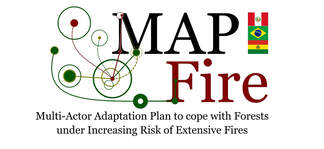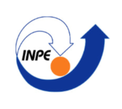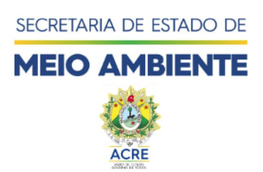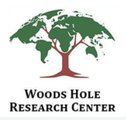
Plan de adaptación con múltiples actores para manejar bosques bajo riesgo creciente de incendios extensivos
The project
In 2017 the United Nations recognized in the Sustainable Development Goals (SDGs) Report that progress towards sustainable development must happen at a faster rate if we aim to meet the global goals of ending poverty, with strategies addressing economic growth, education, health, social protection, and job opportunities, while tackling climate change and environmental protection. The contribution of tropical nations to the SDGs pass necessarily through the development of sustainable mechanisms to minimize the negative impacts of land use and land cover change (LULCC). LULCC is perhaps the most complex problem for these nations to resolve. Together with deforestation, wildfires, caused by the interaction of social and climate systems are currently a major driver of reduction of Amazonian carbon stocks and biodiversity, as well as an important threat to the well-being of the ~25 million Amazonian inhabitants. Most Earth System Models predict increasing occurrence and intensity of droughts in the Amazon during the 21st century. Based on these estimates, we anticipate that future climate-land cover arrangement can enhance the direct negative impacts of wildfires on ecosystems services, by degrading forests and altering carbon and water cycles and impacting biodiversity and human well-being. We therefore expect a collapse of the resilience of Amazonian ecosystems, and a consequent loss of their capacity to fully provide ecosystem services, with an increased risk of economic and human health failure. These fire-related socio-environmental disasters were particularly critical in the Amazonian states of Madre de Dios (Peru), Acre (Brazil) and Pando (Bolivia), known as MAP, the focal region of our proposal. Minimizing the impacts of these potentially ascending socio-environmental transbordering problems in Amazonia is the first step for adapting to a changing climate in the region.











